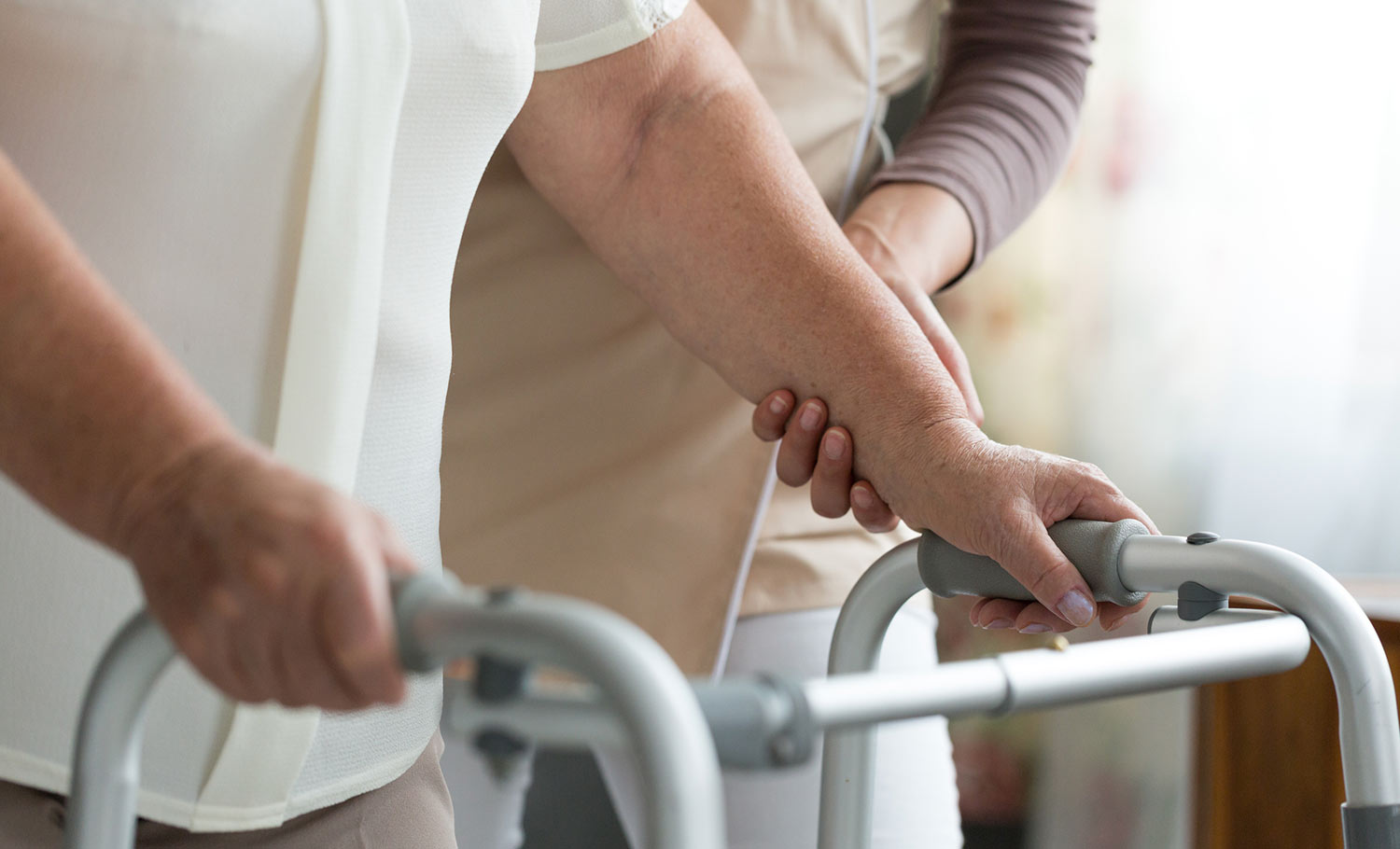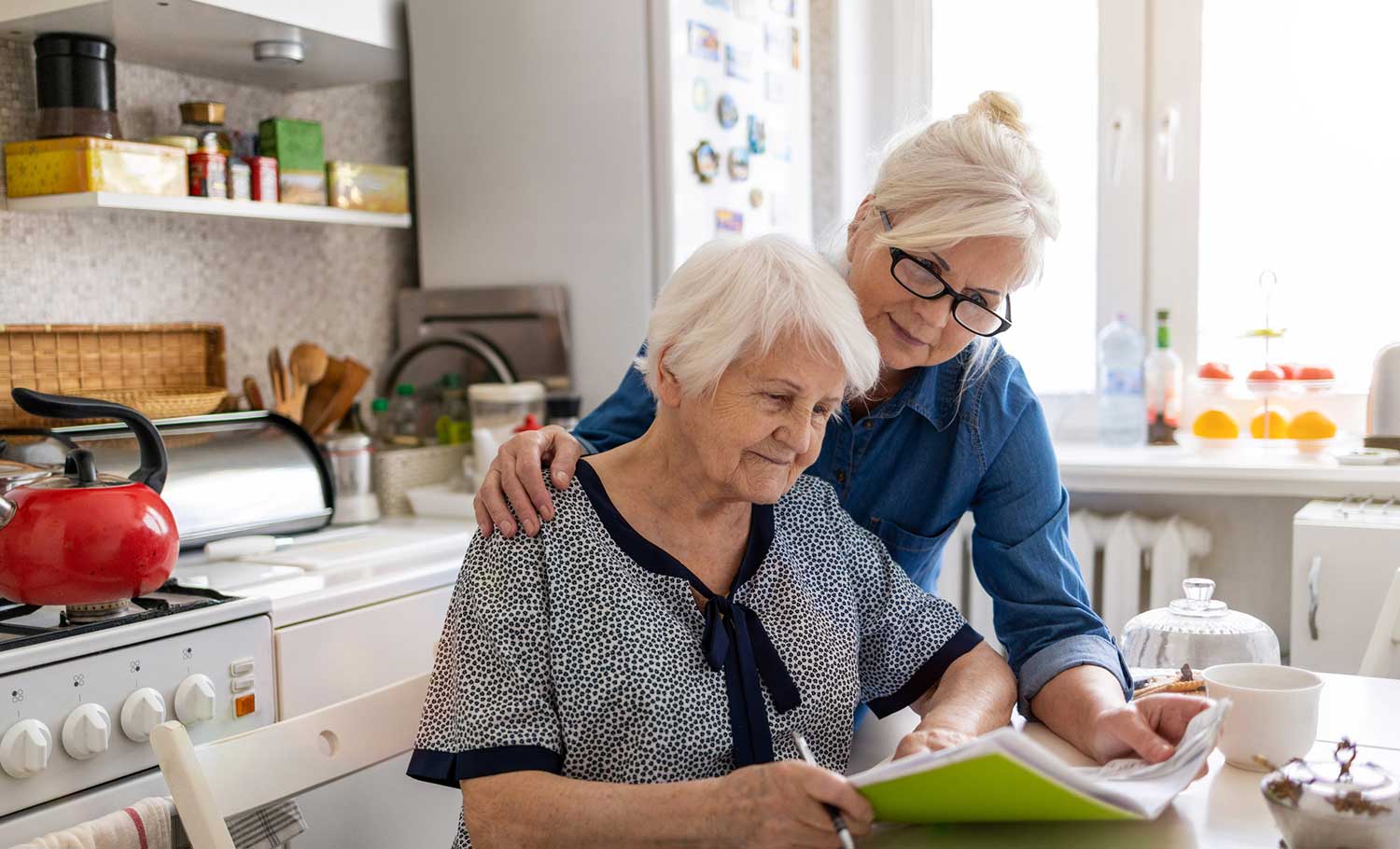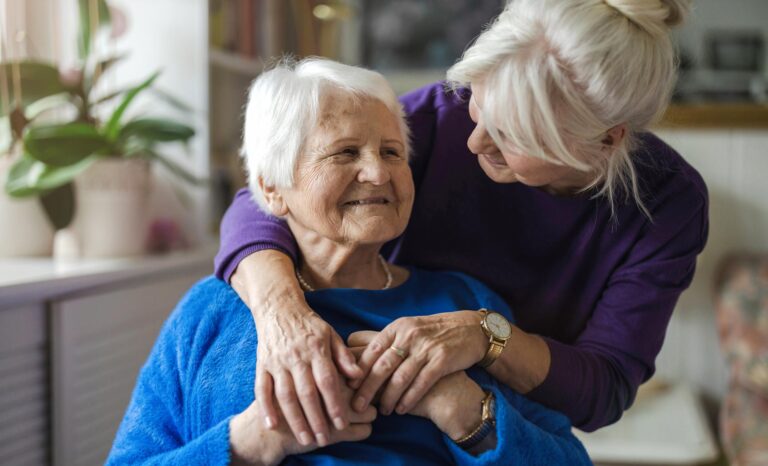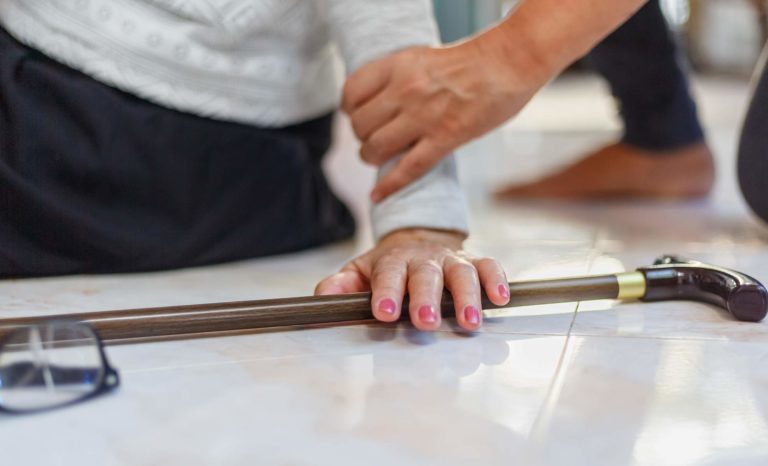Aging is a subject that most people like to avoid. Within the long-term care environment, it’s common for people to view the idea of moving into a different care setting as something negative. Many healthcare providers don’t get the opportunity to see patients in long-term care settings during their training, which can make the concept feel unfamiliar or misunderstood.
At Holston Medical Group, our clinical teams have years of experience caring for residents in long-term care, skilled nursing, and assisted living facilities. These environments allow our providers to spend more time with patients, understand their daily routines, collaborate with caregivers, and support their overall well-being. Too often, people imagine these care settings as cold or lonely — but that couldn’t be further from the truth. Staff in these communities work incredibly hard to create home-like environments that offer comfort, safety, and independence.
Recently, many families have asked about the idea of “aging in place.” It’s an important conversation, and one worth having sooner rather than later.
4 Signs It’s Time to Talk
A simple definition: being able to live out the rest of your life in one primary location. Instead of traveling to appointments, care often comes directly to the individual. For some people, aging in place means remaining in their homes. For others, it may involve moving to an assisted living or long-term care center where support is more readily available.
There are many good choices for aging in place. The most important factor is choosing a location that offers the right level of support so your loved one can safely enjoy the activities that matter most to them.
Let’s say, though, that your loved one starts having groceries delivered because they can’t drive to the store. Maybe they need to hire a lawn service because they can’t push the lawnmower. When you start to see an increased dependence on others for activities they used to be able to perform independently this is when you should start to talk with them about their future needs.
Don’t wait for a crisis to happen to start the conversation! Instead, agree early about which specific needs would trigger them to seek more support. For example, maybe you and your loved one can agree to talk about getting more help when they can no longer use the bathroom or bathe on their own.
Here are some specific signs that might indicate that more assistance at home is required:
- 1. Daily care changes
Are they having difficulty maintaining their own hygiene (brushing teeth, brushing hair, bathing)? - 2. Safety issues
When they cook, do they leave a stove or coffee pot on long after it has been used? Do they need help getting in and out of their bed or wheelchair? Have they started falling?
Are you noticing wandering behaviors or increased confusion? - 3. Feeding
Can they retrieve items from the refrigerator or microwave and feed themselves? Can they still cook their own meals? - 4. Toilet use
Can they use the bathroom and remain clean without help?
If you notice your loved one struggling to do ADLs by themselves, ask your loved one’s healthcare provider to see what kinds of home-based resources they might recommend. Providers can order services such as home health or suggest additional support like meal delivery or in-home assistance. If several warning signs are noted and it’s not possible to get additional caregivers into the home, consider helping them move to a more appropriate care environment. There are many choices for seniors based on the level of care they need, including assisted living centers and nursing homes.

With so much to consider, don’t be afraid to ask healthcare providers for guidance.
5 Tips for Caregivers
HMG believes in compassion, collaboration, and supporting every stage of life. When you’re preparing to talk with a loved one about aging in place, keep these tips in mind:
- 1. Be honest and kind.
Start by reminding your loved one of the activities they can do well before pointing out the things that are becoming difficult for them. Say something like, “Mom, you still make the best pie in town! But, I see it’s a lot harder for you to walk up and down the stairs these days.” This can allow you to discuss the different ways you could deal with that difficulty. - 2. Don’t promise that they’ll never have to move.
Don’t promise your loved one that you’ll never move them into a nursing home. Although you might mean well, it could set the stage for stress and hurt feelings. You want to be able to do what’s best for your loved one without guilt. Very often, a long-term care center is the best place for someone to be because the people who work in that environment are well trained to care for residents with physical and cognitive disabilities. In fact, most centers offer social events that seniors miss out on if they live at home alone. Sometimes, these social engagements actually improve their health. - 3. Take time for yourself.
Realizing that an elderly relative is in the later years of their life can be hard to wrap your mind around. Because of the overwhelming nature of this, it’s important to take time for yourself and be in the right frame of mind to handle tough conversations. - 4. Seek help when you need it.
Reach out to care centers, your loved one’s healthcare providers, and your own healthcare providers. Here at HMG, we have the resources and experience to help you make good decisions about aging in place. - 5. Don’t take on more than you can handle.
Caregiving can be hard on your mind and body if you are caring for someone at home without all of the appropriate resources. Injuries can easily happen and can prevent you from caring for your older relatives. Mental burnout from caregiving can also limit our ability to fully give the care we desire to our loved ones. Many caregivers experience this pressure, especially when trying to delay long-term placement for as long as possible.
It’s hard to talk with loved ones about aging in place, but it’s the only way to ensure that they can live out their lives as happily, safely, and healthily as possible. It’s never too early to start this vital conversation.
Most importantly, remember that you are not alone! HMG is a family of care. As your health partner for life, we aim to treat your family like our own. We’re here through it all, aiding you and your loved ones as you explore the many options for aging in place.







